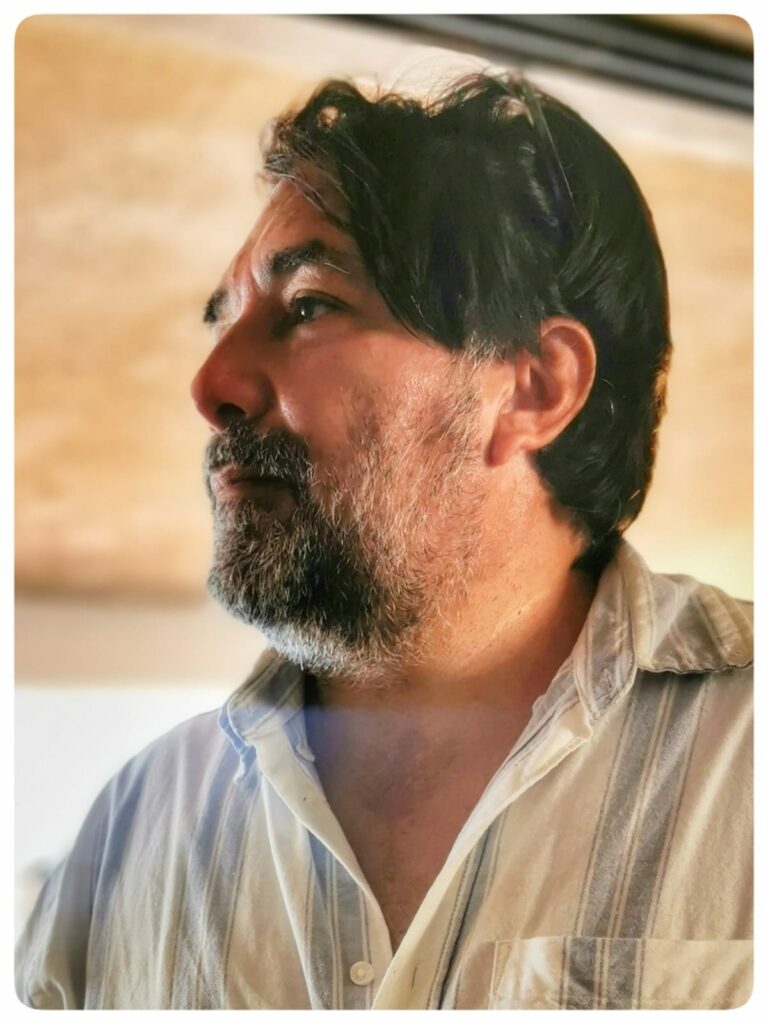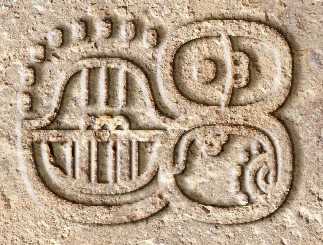A presentation by Visual Arts Professor at Yucatan’s School of Higher Education of Arts (ESAY), Rafael Penorz, at Texas A&M University in College Station, Texas.
Projections in contemporary cultural industry of classical, late classical and postclassical art of the Puuc region in Yucatan, from the perspective of visual studies.
- A comparison is made between the art of the Puuc region and other Mayan regions of the peninsula. (Calakmul-Chichén Itzá-Uxmal, with the participation of Archaeologist José Huchim).
- An aesthetic hypothesis based on archaeo-anthropological data is exposed in the context of the productive peak in the city-states of the Puuc region (300 to 1200 AD), as a pre-industrial economic activity, resembling the art deco, Bauhaus, functional, abstract geometric and Op art, aesthetics influenced by pre-Columbian art and the modern graphic industry.
- The Puuc geometric design -until today referred to as ornamental- is considered as a transcendent cosmological archive, which uses monumental architecture as a support.
- The vernacular “neo-Maya” avant-garde is analyzed as a reinterpretation with an ideological sense, transforming Mayan art into modern art.
- It is proposed to use the Puuc archive for the benefit of the Mayan communities neighboring the archaeological sites, promoting their interest in ancestral heritage, graphic arts and crafts through digital technical resources. This action seeks to reconnect our contemporary transcultural community with the visuality of ancient Mayan traditions, unleashing curiosity about the transcendental meaning of the geometric shapes visible in Puuc buildings to this day.

Rafael Penroz is a Chilean-Mexican Visual Artist, Master in Cultural Studies from the University of Arts and Social Sciences of Santiago de Chile, has done more than 60 exhibits in Mexico, Chile, Brazil, Argentina, USA, Canada, Ecuador, France and Italy.
His work has been acquired by private collectors and is part of the permanent collection of the Museum of Modern Art in Castro, Chile. Since 2005 he has collaborated with the Yucatan Higher Education of Arts (ESAY) as a professor of the Bachelor of Visual Arts, the Master of Arts and the Research Department where he leads the Permanent Seminar on Critical Thinking.

